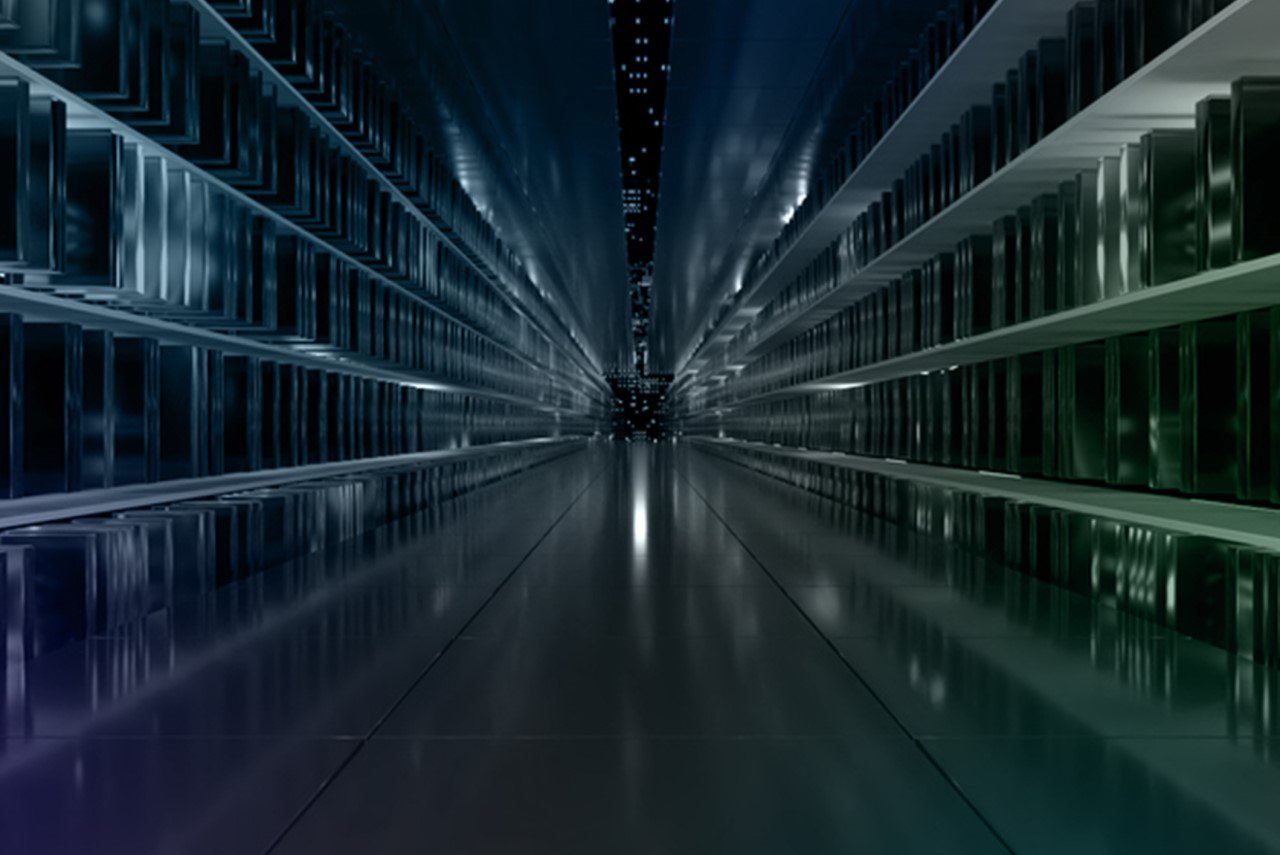Thank you for reading The Marble Palace Blog, which I hope will inform and surprise you about the Supreme Court of the United States. My name is Tony Mauro. I’ve covered the Supreme Court since 1979 and for ALM since 2000. I semiretired in 2019, but I am still fascinated by the high court. I’ll welcome any tips or suggestions for topics to write about. You can reach me at [email protected].
The many flash points surrounding the U.S. Supreme Court’s “shadow docket” don’t end with the justices’ under-explained and unnamed opinions. There is also concern that the flurry of orders, applications and stay requests sometimes get dealt with in the dark of night.
Case in point was the high-profile tussle in September over the controversial Texas anti-abortion law. On one near-midnight, the court left the law in place without comment, and nearly 24 hours later, a court majority confirmed that the case should go forward.
At a lecture later in the month, Justice Samuel Alito Jr. claimed that critics and journalists were concocting the notion that “a dangerous cabal is deciding important issues in a novel, secretive, improper way in the middle of the night.” He also said it was “rank nonsense” for anyone to suggest that the court deliberately issued emergency orders “in the dead of night” to avoid publicity.
This nocturnal chatter called to mind a time when the Supreme Court publicly tried to discourage parties from filing pleas and applications in a way that made the justices make weighty decisions late at night. It happened in 1997, a year that saw 74 executions nationwide.
“There was an impetus to try to change the timing of the executions. Back then, almost all of the capital-punishment states were doing them at midnight,” said Cynthia Rapp, a Supreme Court deputy clerk who retired in 2018. One concern, she said in an interview this week, was “the human element, with the judges and the court staff all dealing with this at midnight, under stress.”
Justice Sandra Day O’Connor spoke out on the issue publicly before the judicial conference of the U.S. Court of Appeals for the Ninth Circuit in 1997. “We do have a problem with these death penalty cases. I find that one of the most worrisome aspects of my job at the Supreme Court is dealing with these last-minute stay applications. … We have an obligation, as you do, to give our best efforts in every one of these instances and cases.”
In tandem with O’Connor’s plea that year, Rapp wrote a paper for the National Center for State Courts, studying the impact late-night executions have on prison staff, judges and others. “Uncertainty about whether an execution will take place or not makes it hard for the team to remain mentally and emotionally ready,” Rapp wrote. “One officer even likened the experience to torture.” Over time, many states shifted executions to daytime hours.
Rapp said the concerns she wrote about then “could relate the timing issue to any type of application that comes in at nine o’clock at night. Whereas during the day you assume most people are in a good state of mind, you don’t know that after hours.”
Rapp also spent much of her time at the high court handling emergency applications (an alternate name for shadow docket). I asked what she thought about the uproar over the shadow docket.
“In one sense I’m not surprised, because I think these things tend to bubble up when there’s a really important issue that people see, but then it dies down again,” Rapp said. “It’s the way the court’s been doing business for eons. Really.”
Rapp added, “To me, now people have more access. Back when I was doing it, we didn’t really have the internet, so things were faxed to us. So, unless the reporters were right there, it was difficult for them to even know it was being filed. But now it’s all on the electronic docket, so it’s not really a shadow. I mean, people can see it. It’s right there.”
NOT FOR REPRINT
© 2024 ALM Global, LLC, All Rights Reserved. Request academic re-use from www.copyright.com. All other uses, submit a request to [email protected]. For more information visit Asset & Logo Licensing.


 Cynthia Rapp, the Supreme Court’s so-called death clerk, has written a paper arguing for a change in execution times. Photo: Patrice Gilbert/ALM
Cynthia Rapp, the Supreme Court’s so-called death clerk, has written a paper arguing for a change in execution times. Photo: Patrice Gilbert/ALM






